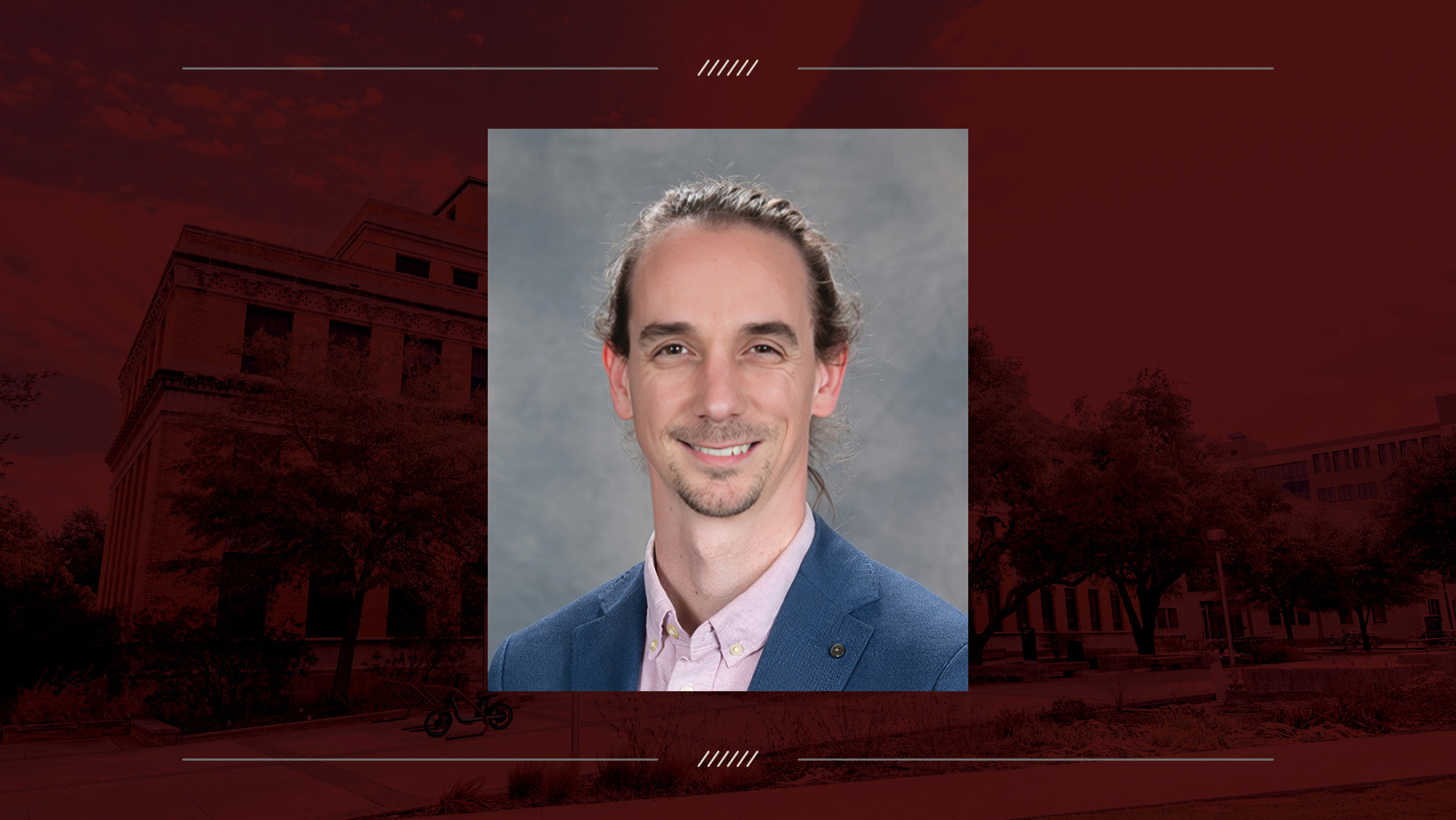
Throughout Dr. Carlo Fiorina’s less than two-decade-long career, nuclear engineering has evolved drastically. From advanced fission reactors to experimental fusion energy, Fiorina has helped push these innovations forward and eagerly anticipates the next challenges.
The December issue of the American Nuclear Society’s magazine, Nuclear News, recognized the rising stars in the nuclear community with its first-ever “40 Under 40” list. Among these rising stars is Fiorina, a Texas A&M University nuclear engineering associate professor and researcher.
“Dr. Fiorina’s groundbreaking developments in the field of multiphysics nuclear reactor simulation, together with his excellent leadership skills, student mentorship, commitment to education, and speaking capabilities, make him an invaluable asset to our community,” said Nuclear Engineering Department Head Dr. Michael Nastasi. “I have no doubt that his contributions will continue to positively impact the development of nuclear energy in the United States and worldwide.”
Fiorina received his education at Politecnico di Milano in Italy. He started his education in electrical engineering, but taking an introductory course in nuclear engineering showed him a complex field that appealed to his curiosity for both engineering and science. This led him to move into nuclear engineering as a master’s student in 2007.
“My studies and career have been largely driven by curiosity, and nuclear engineering has this breadth of knowledge, from quantum mechanics up to how a turbine works,” Fiorina said.
Fiorina earned his doctorate in 2013. He then worked in the Fast Reactor Group of the Paul Scherrer Institut in Switzerland as a postdoctoral researcher and then as a scientist at the École Polytechnique Fédérale de Lausanne in Switzerland. He joined Texas A&M as an associate professor in 2023, where he now teaches an undergraduate course in nuclear reactor theory.
My studies and career have been largely driven by curiosity, and nuclear engineering has this breadth of knowledge, from quantum mechanics up to how a turbine works.
Much of Fiorina’s career before coming to Texas A&M focused on advanced nuclear fission reactors. The reactors that currently generate power for widespread consumption use nuclear fission. His research involved design, modeling, and simulation of those systems. He played a pivotal role in developing two widely recognized simulation tools: GeN-Foam and OFFBEAT. GeN-Foam is a multiphysics simulation software that extends the open-source computational fluid dynamics software OpenFOAM to nuclear reactor analysis. OFFBEAT also uses the OpenFOAM software to simulate the behavior of nuclear fuels.
When he arrived in the United States, Fiorina expanded his research on developing nuclear fusion systems. Unlike nuclear fission, which derives energy from the splitting of large atoms like uranium, nuclear fusion uses the energy from fusing lighter elements like hydrogen’s isotopes. This is similar to the process that generates energy for the sun. The nuclear fusion process has been replicated here on Earth but is not yet efficient enough to be readily used as a power source. Specifically, Fiorina mainly works on inertial fusion energy, a process in which lasers or other drivers compress and heat a small fuel pellet to achieve the conditions necessary for nuclear fusion.
"Inertial confinement fusion has seen steady progress over the years," he said. "However, research on inertial fusion energy, which focuses on harnessing inertial confinement fusion for energy production, experienced limited activities for nearly a decade. That changed dramatically in 2022, when a breakthrough experiment surpassed the ignition threshold, also reigniting interest and optimism in the potential of inertial fusion energy."
Amid the renewed interest in nuclear fusion, Fiorina connected with a representative from Xcimer Energy, a company dedicated to advancing commercial nuclear fusion energy. This encounter sparked his curiosity in the field and catalyzed several collaborations within the nuclear fusion research community.
“I thought that I could help, and I felt like there was a lot of room to do research,” Fiorina said. “Some aspects of it get closer to fundamental science than the studies I do on advanced fission reactors because there's more physics that is not fully understood in what happens in a fusion reactor’s chamber.”
Fiorina’s accomplishments extend beyond research and into leadership. Since 2020, he has chaired several International Atomic Energy Agency’s meetings for the Development and Application of Open-source Modeling and Simulation for Nuclear Reactors. This effort resulted in the IAEA’s Open-source Nuclear Codes for Reactor Analysis, or ONCORE, initiative. He also contributes to the American Nuclear Society as a member of the Program Committee of the Reactor Physics Division and as secretary of the Mathematics & Computation Division.
Looking forward, Fiorina is optimistic about the future of next-generation nuclear power systems like inertial fusion and advanced fission reactors.
“When I graduated as a nuclear engineer 15 years ago, the idea of having advanced reactors felt like a distant dream,” Fiorina said. “All of a sudden, we are building them. It’s an incredibly exciting time to be in this field.”